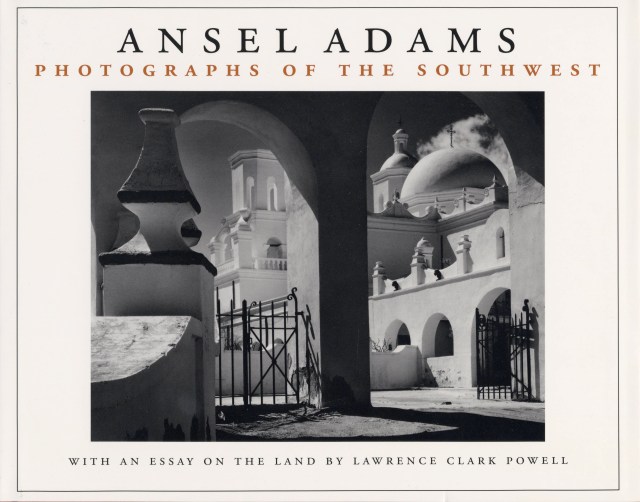About the Author
In a career that spanned six decades, Ansel Adams was at once America’s foremost landscape photographer and one of its most respected environmentalists.
In Ansel Adams at 100, John Szarkowski notes that Adams’s role in the history of photography goes beyond his achievements as one of the great photographers of the twentieth century. As a leader in the study and appreciation of photography as an art, he played a major role in establishing the first department of photography in an art museum, at The Museum of Modern Art, New York (the same department that Szarkowski led from 1962 to 1991). Moreover, as a tireless advocate for improving the reproduction of photographs in books, Adams “badgered and cajoled his printers and platemakers” till they had “achieved in ink an unprecedented degree of fidelity to the chemical print.”
Although he devoted a lifetime to the cause of wilderness preservation, “Adams did not photograph the landscape as a matter of social service, but as a form of private worship. It was his own soul that he was trying to save,” Szarkowski writes, adding that “Ansel Adams’s great work was done under the stimulus of a profound and mystical experience of the natural world.” Szarkowski dates that experience to the early 1920s and a camping trip in the High Sierra. As Adams later recalled, “I was suddenly arrested in the long crunching path up the ridge by an exceedingly pointed awareness of the light…. I saw more clearly than I have ever seen before or since the minute detail of the grasses, the clusters of sand shifting in the wind, the small flotsam of the forest, the motion of the high clouds streaming above the peaks.”
Commenting on this moment of vision, Szarkowski writes, “One might guess that Adams spent the next quarter century trying to make a photograph that would give objective form to the sense of ineffable knowledge that on occasion, in his youth, inhabited him in the high mountains. Yosemite and the Sierra gave him not only his principal subject, but also the experience that provided the basis for a useful artistic idea: ‘The silver light turned every blade of grass and every particle of sand into a luminous metallic splendor.’”
Learn more about this author







